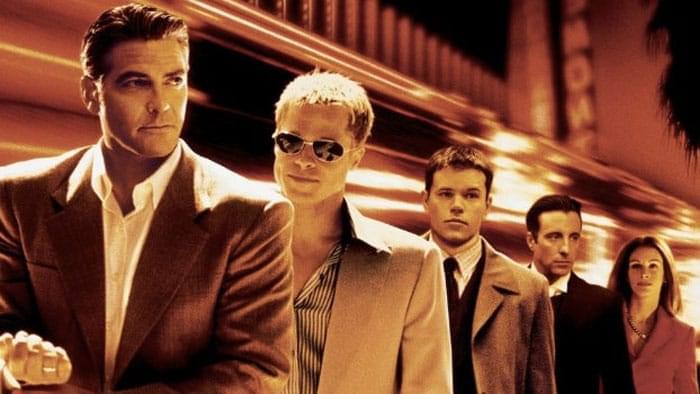
Rarely do books and the films adapted from them strike such a universal chord that we never forget them no matter what paths we take in our lives. Such is the legacy of Nell Harper Lee, the woman behind “To Kill a Mockingbird.”
Two years in the making, “To Kill a Mockingbird” was published in 1960 and maintained its status on bestseller lists for 88 weeks. In 1961 the novel received the coveted Pulitzer Prize and, 3 years later, its author dropped out of the public arena, never granting the press another interview again.
In her outstanding new documentary, “Hey, Boo,” Filmmaker Mary Murphy (“Cry for Help”) took on the daunting task of piecing together the legend that is Lee—the woman who, some say, single-handedly ignited the most radical portions of the Civil Rights Movement and affected racial tolerance and understanding in America. To accomplish this, Murphy gathered together the most creative minds of our time and enticed them to speak about some small town folks and the simple story that could.
The design of Murphy’s film is magnificent in its simplicity. On one side she places her narrator/analysts—representatives such as Tom Brokaw, Oprah Winfrey and Andrew Young—who all seek truths about Lee’s ‘story,’ and the author herself. Running parallel to the documentary-storytellers is Robert Mulligan’s movie, “To Kill a Mockingbird,” the recipient of 3 Academy Awards. It is when these two facets of “Hey, Boo” converge that Murphy is at her most ingenious. The most notable example of this is when Oprah Winfrey reads Scout Finch’s lines from the book and Winfrey’s words stagger faintly behind— echoing those of actress Mary Badham. The affect is both startling and poignant.
Interestingly, Lee strategically planned “To Kill a Mockingbird” in much the same way, when Scout simultaneously narrates and lives out her storied life. In this way, the character looks back as an adult narrator/analyst while, at the same time, seeing the evolution of life as a child participant.
Matters of great importance emerge from Lee’s little story about small town southern life. And though her tale takes place between 1932-1935, issues raised continue to be relevant in our global society. Namely, that most people dwell within the context of what they know, and seldom challenge the norm. Naturally, Lee’s character Atticus (thought to be Lee’s own father, Attorney Amasa Coleman Lee) has the courage to buck the old Southern system when he defends Tom Robinson, a black man accused of raping a white woman. And there’s no denying that Southern author Nell Harper Lee’s courage smacked of outright rebellion when she published her novel at the time she did, while continuing to live in Monroeville, Alabama.
When Lee’s novel was initially published, many of the author’s neighbors were unimpressed. To them, Lee’s story about small town life was nothing new. Andrew Young refused to read the book at the time, saying it hit way too close to home. After reading the novel years later, he admits that Lee gave us hope that justice could prevail. After all, many of those small town Southern lawyers like Atticus and Lee’s father then went on to become the federal judges that rid the South of its bad elements.
Perhaps the most provocative questions raised in Murphy’s film are those that deconstruct her basic cinematic plan. Namely: Why are we so fascinated by celebrities, that we insist upon making legends out of shy, small-town novelists like Nell Harper Lee? Our questions are endless. Why did Lee drop out of the limelight? Why did she never write again? There had to be some sinister reason why she refused later press, right?
Maybe the answer lies in that closing scene in Mulligan’s film, when Boo Radley (magnificently portrayed by a young Robert Duvall) escorts Scout down the street, then enters his home and is never seen again. The image is bitter sweet when we consider that we create the Boo Radleys of the world—those mockingbirds that only bring us goodness. In return, we force them to hide under lock and key, rather than face us again. In the words of James Patterson, “What does that say about us?”



This is a very interesting review of a fascinating documentary. I agree with your remarks that the segments with Oprah’s voice-over, and the parallel movie footage was hypnotic and strong.
I’ve read your reviews before and enjoy your style, which is a strange cross between Rod Serling and investigative reportage. Very cool.